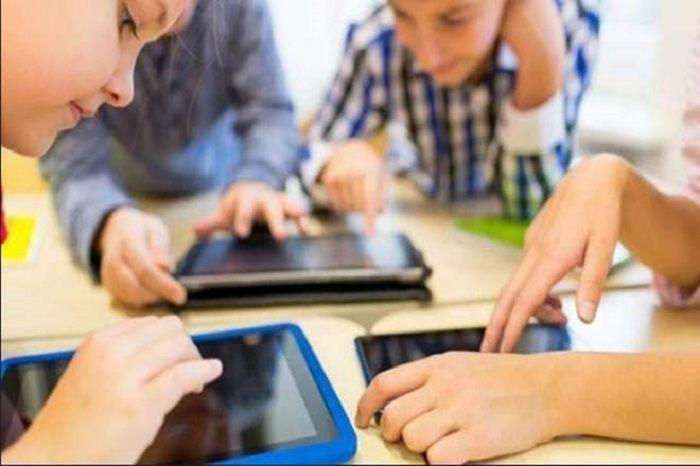Everything You Should Know to Develop Student Learning Goals
- Dilawar Mustafa
- Oct 6, 2020
- 2 min read

Learning is the main objective of any educational institute around the world. Whether it's a school, college, or university, it is important to focus on developing students learning goals for their future success. However, with time as the enrollment increases, it becomes a hassle for the teachers to manage the classrooms effectively. This becomes the reason behind the lack of a student's performance. The 21st-century teachers' focus is now distributed amongst 40 to 50 students present in the classroom.
This means that more energy, engagement, and focus are needed to develop student learning goals effectively. Fortunately, thanks to the technology that reduces teachers' workloads through student enrollment management software, examination tools, and much more. However, many educators still lack in understanding the generation z while developing student learning goals.
Therefore, this blog addresses complete knowledge and methods to develop student learning goals. So let’s explore.
Anatomy of Impactful Learning Goals:
It is essential to understand the "student learning goal" meanings to ensure that you pursue the right way. In the simplest form, the students learning goals allow teachers and educators to focus on essential educational content and know what students learn. The formation of students' goals should be based on specific, measurable, attainable, relevant, timely, evaluated, and reviewed acronym.
This ultimately helps students and teachers to focus and create fairly assignments, assessments, and examinations rather than unwritten or undefined expectations. This is one of the impactful learning goals that direct students' progress and teachers' efforts in the same way. However, to develop student learning goals, it is important to know the strategies discussed below.
Strategies to Develop Student Learning Goals:
Creating specific and measurable goals starts with a simple question like What you accomplish at the end of the topic? Or what you want to know by the end of this chapter/topic? This single question enables educators to determine student learning goals effectively. Usually, the targets should involve both lower-order skills and higher-order ones, which is achievable by the students and enables them to learn from it.
The basic strategies to develop student learning goals are based on three tired structure that is as follows.
Course-level goals: These goals are the long-term goals that determine and define the course's overall success.
Activity-level goals: These goals are typically small ones that address activities from the portion of the course.
Class or Topic level goals: These topic level goals focus on general knowledge within the course.
Therefore, educators and teachers must need to develop strategies around the tier mentioned above structures. Now let's know the top type of student learning goals.
1. Long-Term Goals:
The long-term goals are the studies and lectures teachers provide throughout the years. To develop student learning goals, it is important to benchmark the long-term goals' progress and streamline the activities accordingly.
2. Short-Term Goals:
These goals are more like a motivator that helps students celebrate throughout the semester or class journey. These short-term goals set by the educators & teachers enables competition, productivity amongst the students. These short-term goals are the backbone of developing student learning goals effectively.
3. Behavioral Goals:
These goals are necessary for the students to know the etiquette, manners, and a humble way of communicating. These goals must be included in student learning goals to make progress more effective and open the door towards the aesthetic humble classroom environment.









Comments